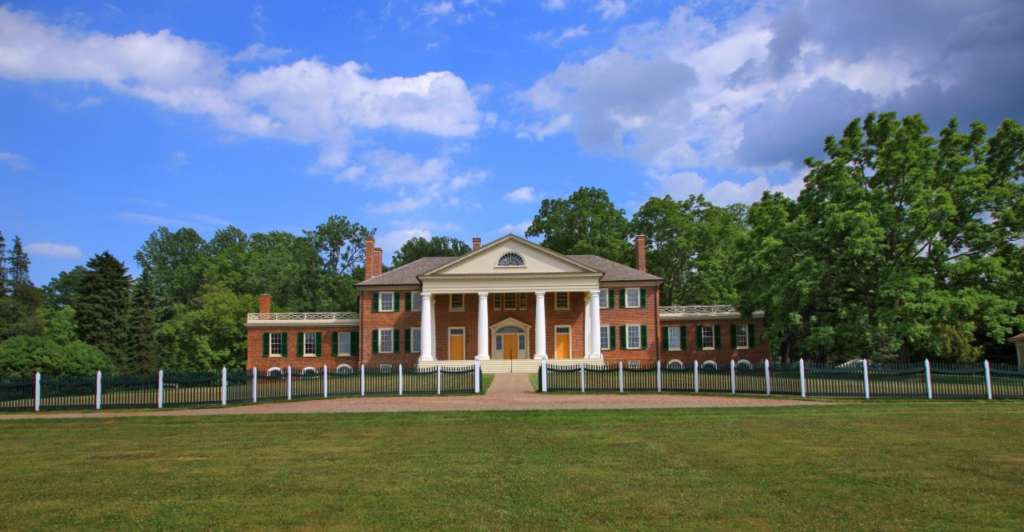When I return to Washington, the city where I was born and raised, I see places others do not. At 21st and K streets NW, I see the cheerful home of my great-grandmother, where a World Bank building now sits. On the rapidly gentrifying corridor near First and Bates streets NW, I see the proud brownstone that belonged to one of our city’s first African American kindergarten teachers, my great-aunt. And on 18th and L streets NW, where others see bargains at the Nordstrom Rack, I see the buildings my great-great-great-grandfather Paul Jennings owned when he became a free man after serving as President James Madison’s personal slave.
My understanding of my family’s history and their connections to Washington has influenced my life for as long as I can remember. I know that were it not for Jennings and slaves like him, whose labor enabled Madison to follow his intellectual interests and pursue his role as architect of the Constitution and then as the nation’s fourth president, our country would not be the same.
But how many Americans share that knowledge of our history? How many lawyers and lobbyists working on K Street or students at George Washington University know their neighborhoods were once thriving communities and havens for men such as Jennings?
In the retelling of US history, there is an incomplete and frequently inaccurate story of African American history. At best, it has been the auxiliary exhibit, with slavery a disconnected footnote in the larger tome of our nation’s story. Descendants such as me, who were lucky to grow up knowing the names of their ancestors, know these stories. But most Americans have not been taught to see and embrace African American history as part of their history as Americans. Indeed, in the telling of American history, we have failed to fully grapple with the reality of slavery and its lasting hold on society. This has consequences.
We find ourselves in a nation bitterly divided in a year that feels oddly out of step with the time. It would be simplistic to suggest that in understanding our past we will find all of the answers. But I do believe that without deeper reflection and engagement with our history — in all of its complexity — we will not have the foundation of understanding and respect on which progress can be built. Without it, we remain trapped in a vicious cycle powered through complacence and ignorance.
Today, we are fortunate to have two new opportunities to understand our history in its unvarnished form. The opening of the National Museum of African American History and Culture put a stake in the ground by establishing the first museum in the nation’s capital to tell the story of our nation through the lens of the African American experience.
In June, I led the invocation at a new exhibition at James Madison’s Montpelier, “The Mere Distinction of Colour,” which tells the story of what life was like as a slave on the plantation of our fourth president. Through stories told by living descendants and artifacts gathered over the past 17 years, the exhibition invites visitors to walk in the footsteps of slaves, going beyond the superficial depictions of slave life. By depicting the realities of slavery, and the economic, ideological and political factors that kept slavery intact in the then-newly created Constitution, the exhibition provides a more comprehensive picture of the founding of our nation.
But on a deeper level, both places invite us to examine not only our painful past but also our present-day biases. They compel us to explore how the legacy of slavery affects our perspectives about race and human rights. And they provide a starting point to have the difficult conversations, of which I’ve had many in recent weeks, that we need to have to move forward as a society. As “The Mere Distinction of Colour” states, “From mass incarceration, to the achievement gap, to housing discrimination, and the vicious cycle of poverty, violence, and lack of opportunity throughout America’s inner cities, the legacies of 200 years of African American bondage are still with us.”
It is only through this examination and introspection — of our history in its entirety, of our diverse experiences and of the preconceptions that divide us — that deeper understanding and respect, and ultimately progress, will come. It will not be found by pushing the darkest chapters of our past away but by bringing them into the light.
(The Washington Post)
